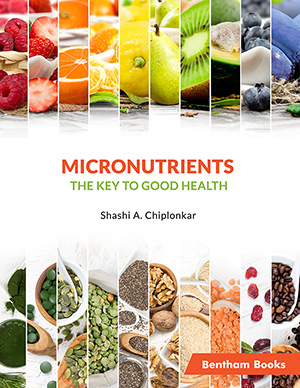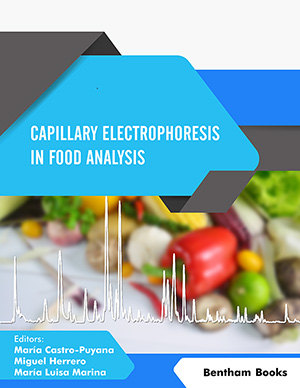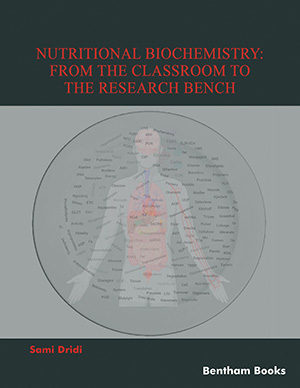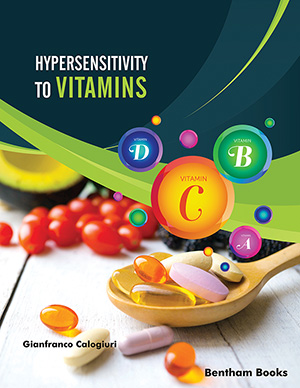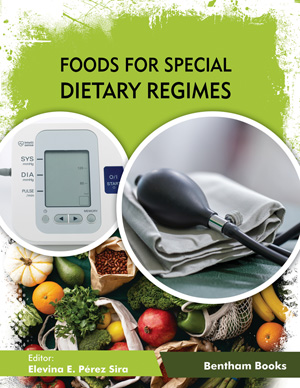
Abstract
Iron deficiency is one of the leading nutritional problems worldwide, affecting an estimated total of about 2 billion individuals. Nearly 40% of children younger than 5 years and about 50% of pregnant women in developing countries are anaemic. However, iron deficiency is also common in women and young children in industrialised countries. Due to developmental and maturational processes and needs, there are some particularities of iron metabolism in infancy and the general regulative mechanisms seem not to be easily applicable in infants. Infants and young children in the period of rapid growth (six to 24 months) are at high risk to develop iron deficiency (ID) or even iron deficiency anaemia (IDA), when their high physiological requirements can not be met by iron absorption from diet. The physiology of iron metabolism during infancy is characterized by developmental changes e.g. in regulation of key intestinal and hepatic proteins regulating iron absorption in response to changing iron status. Considering the long term consequences of ID on the development of motor and cognitive performance, a better understanding of the physiology of iron homeostasis during infancy may help further to improve the control of iron deficiency in infants.
Keywords: Development, infant, iron, physiology, myeli-nogenesis, dendritogenesis, synaptogenesis, transferrin, on-togenesis, embryonal (prenatal), Hb(HbE), foetal Hb (HbF), adult Hb (HbA), HbA, ferritin (Fer), hemosiderin, Stores regulator, Dietary regulator, Erythropoetic (Erythroid) regulator, divalent metal transporter, Ferroportin, Hepha-estin, myelination, psychomotor development, hematocrit (Hct), zinc protoporphyrine, hepcidin, hypoxia, ferroxidase Hephaestin, oxalates














